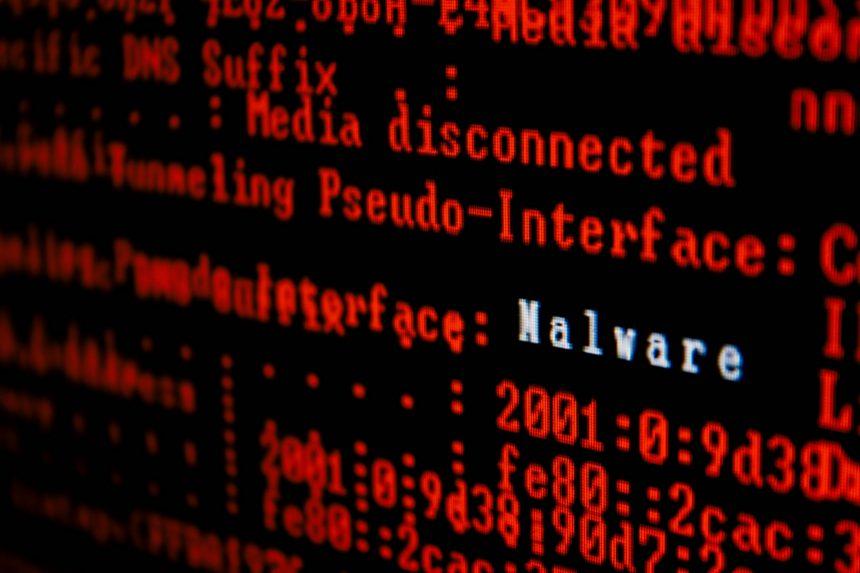A critical PHP vulnerability, identified as CVE-2024-4577, has emerged as a significant threat in the cybersecurity landscape. This vulnerability is being actively exploited by cybercriminals to deploy malware and launch Distributed Denial of Service (DDoS) attacks. Understanding the implications of this exploit, its mechanisms, and effective prevention measures is crucial for both organizations and individual users to safeguard their digital assets.
Actions and Consequences of the Malware
The malware leveraging the CVE-2024-4577 vulnerability is designed to compromise web servers running vulnerable PHP versions. Once the malware infiltrates a system, it performs several malicious actions:
- System Compromise: The malware gains unauthorized access to the server, allowing attackers to execute arbitrary commands and control the infected system remotely.
- Data Theft: Sensitive data stored on the compromised servers, such as user credentials, financial information, and proprietary data, can be exfiltrated by the attackers.
- Resource Exploitation: The compromised systems can be used as part of a botnet to carry out further attacks, including DDoS attacks.
- Service Disruption: By leveraging the botnet, attackers can initiate DDoS attacks against target websites, overwhelming them with traffic and causing significant service disruptions.
Understanding DDoS Attacks and Their Impact
A Distributed Denial of Service (DDoS) attack aims to make an online service unavailable by overwhelming it with traffic from multiple sources. These attacks can lead to:
- Service Outages: Targeted websites or online services become inaccessible to legitimate users, resulting in loss of business and customer trust.
- Revenue Loss: Prolonged downtime can lead to significant financial losses, especially for e-commerce and online service providers.
- Reputation Damage: Frequent DDoS attacks can damage an organization’s reputation, indicating poor cybersecurity measures.
Exploitation Mechanism of the Malware
The CVE-2024-4577 vulnerability stems from improper input validation in certain PHP functions, allowing attackers to inject malicious code. The exploitation process involves:
- Vulnerability Identification: Attackers scan the internet for servers running the vulnerable PHP versions.
- Payload Delivery: Once a vulnerable server is identified, the attackers send specially crafted requests containing malicious payloads to the server.
- Code Execution: The malicious payload exploits the input validation flaw, allowing the attacker to execute arbitrary code on the server.
- Malware Deployment: The attacker installs malware on the compromised server, enabling remote control and further malicious activities.
Detection Names for the Malware and Similar Threats
The malware exploiting CVE-2024-4577 is detected by various cybersecurity tools under different names, including:
- PHP/Exploit.CVE-2024-4577
- Backdoor.PHP.Malware
- Trojan.PHP.Exploit
Similar threats exploiting vulnerabilities in web applications include:
- CVE-2021-41773 (Path Traversal Vulnerability in Apache HTTP Server)
- CVE-2022-22965 (Spring4Shell)
- CVE-2019-19781 (Citrix ADC Vulnerability)
Removal Guide for the Malware
Removing the malware requires a comprehensive approach:
- Identify Infected Systems:
- Scan your web servers using reliable security software to detect the presence of the malware.
- Look for unusual activities such as unexpected network traffic, unknown processes, or modified files.
- Isolate Affected Systems: Disconnect compromised systems from the network to prevent further spread and communication with the attackers.
- Backup Data: Before starting the cleanup process, ensure you have a complete backup of your data to avoid data loss.
- Remove Malware:
- Use malware removal tools to scan and clean the infected systems.
- Manually inspect and remove any suspicious files, scripts, or processes.
- Patch the Vulnerability:
- Update your PHP version to the latest release that addresses CVE-2024-4577.
- Apply any additional security patches provided by your software vendors.
- Restore Systems:
- After removing the malware and patching the vulnerability, restore your systems from the backup.
- Ensure all configurations and settings are secure.
Best Practices for Preventing Future Infections
To mitigate the risk of future infections, implement the following best practices:
- Regular Updates: Keep your software, including PHP and other web applications, updated with the latest security patches.
- Strong Passwords: Use strong, unique passwords for all accounts, and enable multi-factor authentication (MFA) where possible.
- Network Security:
- Implement firewalls and intrusion detection/prevention systems to monitor and block malicious traffic.
- Use network segmentation to limit the spread of malware.
- Web Application Security:
- Perform regular security audits and vulnerability assessments of your web applications.
- Use secure coding practices and input validation to prevent code injection attacks.
- Employee Training: Educate your employees about cybersecurity best practices and the importance of vigilance against phishing and other social engineering attacks.
- Backup and Recovery Plan: Maintain regular backups of critical data and develop a comprehensive disaster recovery plan to minimize downtime in case of an attack.
By understanding and addressing the threats posed by the CVE-2024-4577 vulnerability, organizations and users can better protect their systems from malware infections and DDoS attacks, ensuring the integrity and availability of their online services.





